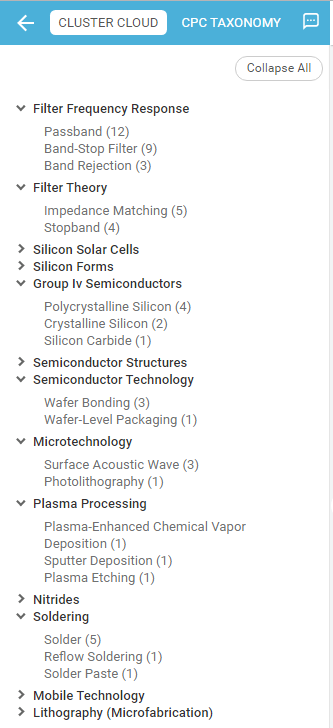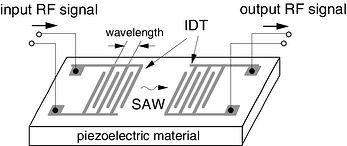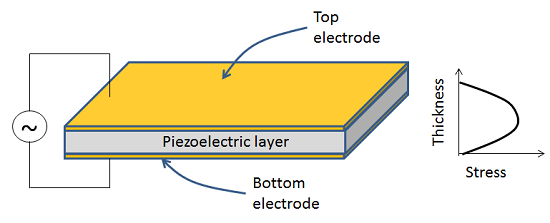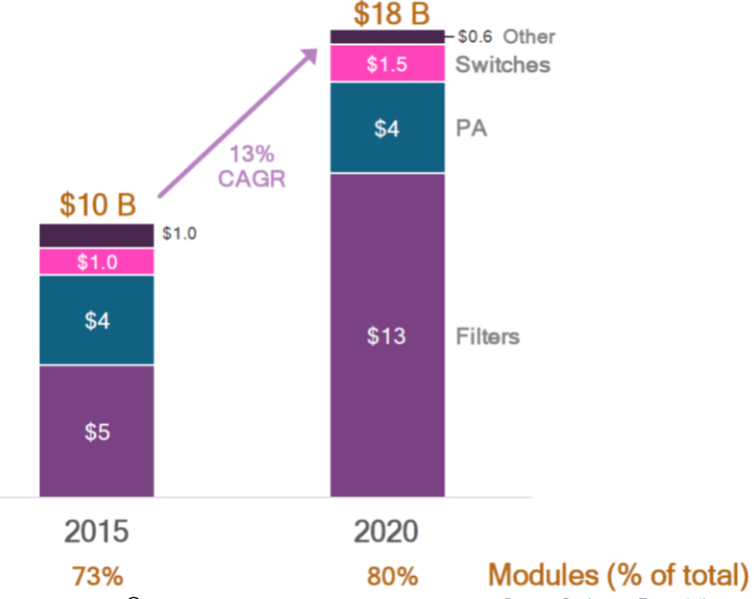Qualcomm acquired RF360 and hiring staff to scale up 5G
- Qualcomm acquired the remaining 49% of share from RF360 Holdings for approximately 3.1$ Billion. Certain intellectual property, patents and filter and module design and manufacturing assets were part of the deal.
- Qualcomm expects the RFFE market to grow at a CAGR (compound annual growth rate) of 13% to $18 billion between 2015 and 2020, with major growth coming from filters and modules.
- RF360 Holdings was a joint venture formed by EPCOS AG (EPCOS), a German wholly-owned subsidiary of TDK and Qualcomm on February 3, 2017
- RF360 develops and manufactures innovative RFFE filtering solutions for mobile devices and fast-growing business segments, such as IoT, drones, robotics, automotive applications and more.
- RF360 offers a comprehensive portfolio of filters and filter technologies, including surface acoustic wave (SAW), temperature-compensated surface acoustic wave (TC-SAW) and bulk acoustic wave (BAW) solutions.
- RF360 has more than 4,000 employees worldwide. Qualcomm Technologies and RF360 Holdings announced RF Front End Hexaplexer with BAW and SAW Filter Technologies in February 2018.
- The integration of the BAW and SAW filter technology would support complex carrier aggregation combinations in multiple, diverse RF Bands for improved performance.
- With the acquisition, Qualcomm is able to provide an end-to-end solution from the modem to the antenna. The Qualcomm Snapdragon 5G Modem-RF System, including commercial 5G NR sub-6 and mmWave solutions, integrates power amplifiers, filters, multiplexers, antenna tuning, LNAs, switching and envelope tracking products.
RF360 IP Portfolio:
- RF360 has 73 worldwide patent applications filed from 2017 according to our Dolcera PCS search tool.

- Majority of the patent applications are filed in Europe and PCT (WIPO).

- Patent applications filed are related to RF filters including SAW filters and BAW filters based on a quick review of cluster cloud in Dolcera PCS tool.
- Majority of these patents are related to the construction of these RF filters and impedance matching. Different fabrication techniques employed are wafer-level bonding, photolithography, and soldering techniques.

Understanding SAW filter and BAW filters:
- Surface Acoustic Wave Filters (SAW Filters) convert the electrical signal into acoustic wave using interdigital transducers (IDTs) on a piezoelectric material. The IDTs consist of interleaved metal electrodes which are used to launch and receive the waves so that an electrical signal is converted to an acoustic wave and then back to an electrical signal. Any shape can be defined on the surface with very high precision.
- SAW filters have low shape factor, low insertion loss, compact, low-cost RF filters that can be used in a wide range of applications from 50MHz to 3 GHz.
- It’s possible to create extremely small filters and resonators for SAW structures that process higher-frequency electromagnetic (EM) signals.

- Bulk Acoustic Wave (BAW) filters are compact, low-cost RF filters that can be used in a wide range of applications up to 6 GHz. A BAW filter has interdigital transducers (IDTs) to convert electrical energy to mechanical acoustic waves that travel through the surface of the piezoelectric material and are stored in it.
- In a SAW component, acoustic waves travel across the surface of a piezoelectric material with an amplitude that usually decays exponentially into the substrate material. In contrast, acoustic waves in a BAW filter travel through and are stored in the piezoelectric material itself.



 中文
中文
